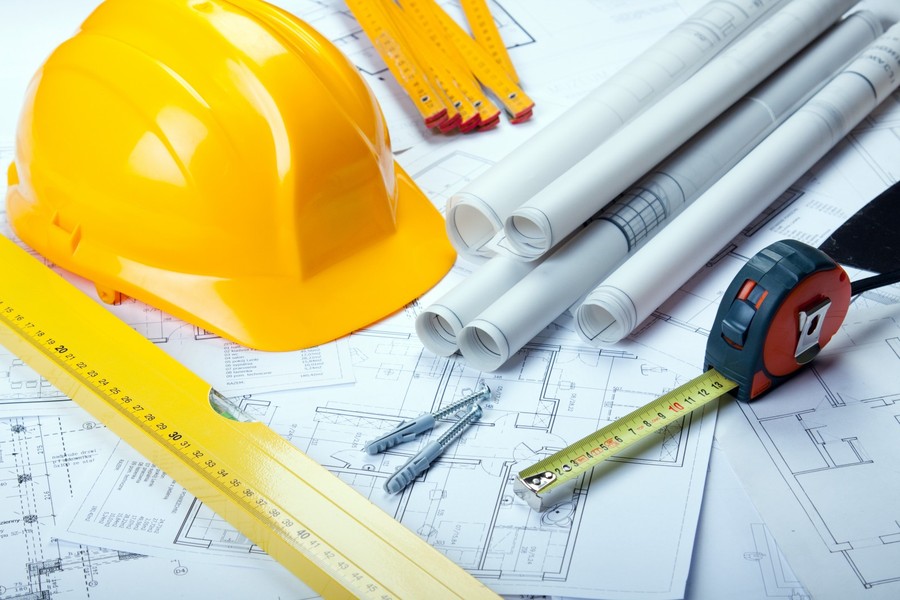How Do Construction Loans Work?
All Categories
About Our Plans Building a Home Building Your Home Green Building Help and Support Hobbies & Recreation Home Building Tips and Information Home Design Home Exterior & Framing Homepage Articles House Plan of the Week How We Work Ideas and Inspiration Industry News Infographics Information & Resources Inspired Spaces Interior Design Kitchens Mascord News Modified Home Designs Outdoor Living Personal Stories Plan Support Products and Services Real Estate Remodeling & Renovating Showstoppers
Mortgages are confusing enough, but construction loans? This type of financial product adds another layer of complexity to your new home project. If you’re wondering how a construction loan works, look no further. We’ll show you everything you need to know about this type of financing!
The Basics
Construction loans are a short-term product, which means that when you secure one of these loans, you’ll normally have that loan for a maximum of one year. Construction loans almost always come with variable interest rates based on the prime rate, and like a traditional mortgage, you’ll usually need to put forth a 20% down payment.
Many construction loans are also interest-only loans, which means that during the loan term, you’ll only be responsible for paying the interest on the money that you’ve borrowed. This is a nice feature because it makes it much easier for you to pay for the new project while also making mortgage payments on your current home.
How it Works
With a traditional mortgage, all of the money that you borrow is transferred to the party that you purchased the property from. Construction loans work quite differently. Instead of getting one lump sum, you’re given a loan account and a draw schedule. That draw schedule only allows you to withdraw as much money as needed for each stage of the construction project. To make sure that you’re not spending the withdrawn money on something other than the construction project, your lender will normally send a representative to the building site to check up on the job’s status.
Transitioning a Construction Loan into a Mortgage
The transition process depends on which type of construction loan you chose: a one-time-close loan or a two-time-close loan. One-time loans are the most popular choice because these products transition from the construction loan phase to the mortgage phase seamlessly. Once your home is built, the construction loan rolls over into a traditional mortgage based on the rates and loan terms you selected.
Two-time loans are a little more tricky. With these loans, you’ll need to find a mortgage product to pay off the construction loan once the project is complete. This can be a massive disadvantage if your credit score or income takes an abrupt turn for the worse before the construction phase is finished, but two-time-close loans also allow for much more flexibility when it comes to mortgage interest rates and budget increases.
Even though construction loans are a little more complicated than traditional mortgages, the reward is worth it. These loans give you the unique opportunity to build the perfect custom home design rather than simply buying someone else’s home and all the inconveniences that come with it!
If you've established the type of financing you need and are ready to move on to the next step - let's go find your house plans!
